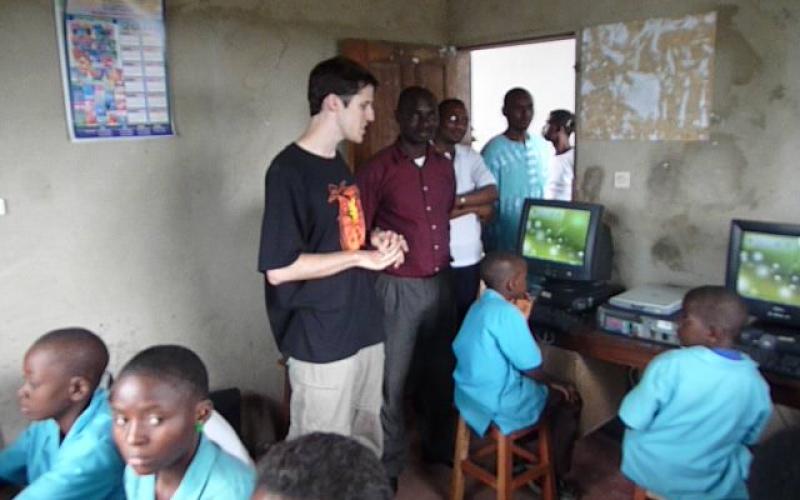
With the prevalence of mobile technology, the education sector has been revolutionized by offering students and educators alike more readily available resources. Additionally, interactive learning materials, and other effective ways to collaborate with each other even when they are away from the classroom have been integrated into daily workflows. In developing countries, such as Africa, smartphones and tablets have paved the way for learners to receive better education, equal to the ones in the more advanced nations.
In the information shared by the ‘Informa Africa Telecoms Outlook,’ it revealed that most Africans will own a smartphone by next year. The research projected around 334 million Africans will have a smartphone in 2017. The successful adoption of mobile devices in Africa is going to be key for the nation to receive better education.

In most nations, learning through mobile devices requires the students to bring and use their own smartphones and tablets in class for educational purposes. In the United States and the United Kingdom, the ‘Bring Your Own Device’ (BYOD) approach is the most common way to encourage learners to maximize their own mobile devices for learning, and experts say it would work for developing nations, too.
However, there are some adjustments to be made, such as:
• Preparing the students – Leaving students with mobile devices alone, does not guarantee that they will maximize them for learning. Thus, teaching them the responsible way of owning and using smartphones and tables is the first step. Some teaching approaches, such as the flipped classroom, requires the learners to use their mobile devices at home and less in the classroom. Parents need to be informed of such and how they should responsibly look after their children when using technologies.
• Pick the best and trusted learning materials – The internet is filled with various resources that learners and educators can use in education. However, it’s the same reason as to why many are hesitant to rely education to said technology. Educators and administrators of schools and colleges, need to know how to filter the appropriate content online and suggest to learners the best ones they can use, such as Khan Academy, Lesson Library, Educents, PBS and many more that come highly recommended.
• Choosing the right platform – It’s a common misconception that the majority of mobile devices have the same capabilities. And this is a key reason why many institutions fail to launch successful tech programs for students. Android and iOS are the common platforms maximized worldwide, but the former appears to be more appealing in developing countries, as there is an evident boost in Android growth in Africa and Asian countries. However, one of the most important factors to consider are the important features those students need in a mobile device, such as a big screen, built-in productivity suites, and a secured gadget.
Tablets can be too bulky for some students, while smartphones can be tagged as too small, so many opt to choose phablets as they are almost the same size as the former, but still larger compared to the other handsets. According to O2, most of the handsets today, including the latest Galaxy S7, are now pre-built with productivity suites and features that are necessary for those younger users. The resource mentioned that the Always-On-Display (AOD) feature allows useful information to remain on the screen even when the device is idle, allowing important information to continue to stay right at the users' fingertips. The phone reportedly only uses 1% of battery every hour for this feature, so users can expect continued use for long periods even when the AOD is turned on.
Although it still comes with some limitations, technology is a gift to the world, especially for those in the developing nations who are in need of assistance in education. Both governments and the public need to work together to successfully implement a successful mLearning approach. If you are willing to help change the lives of those from Africa, please learn how you can help Develop Africa through support and donations.
IMAGE:
Photo Credit: DI GameWorks via Compfight cc
Written by Alycia Gwyneth Exclusive for Developafrica.org

